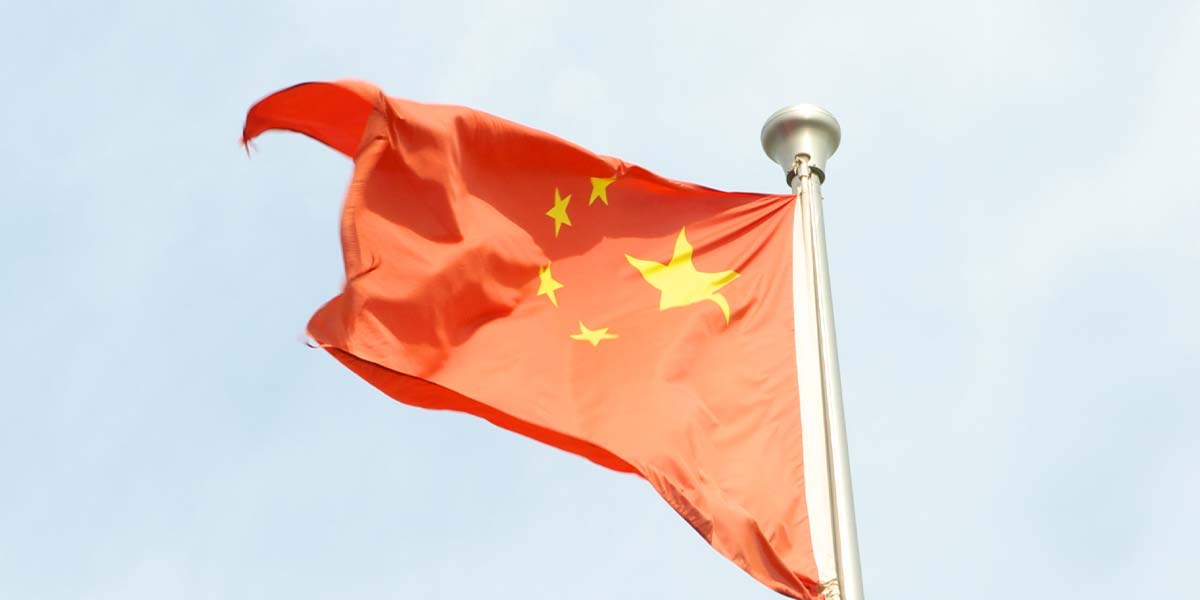The World Bank has revised its outlook for China’s economic growth in 2025, upgrading its forecast to 4.8% from the 4% projected in April. This latest projection brings the estimate in line with Beijing’s official GDP growth target of around 5% and comes amid a broader positive adjustment for East Asia and the Pacific, following a turbulent period for global trade driven by U.S. tariff actions, according to the World Bank.
While the World Bank did not specify the exact catalysts for the improved forecast, it highlighted the impact of sustained government stimulus on China’s economic performance, cautioning that such support might diminish next year.
This year, trade frictions peaked in April when U.S. tariffs on Chinese goods surged to over 100%, before both nations agreed to a temporary trade truce currently set to expire in mid-November. Presently, the U.S. maintains a 57.6% tariff rate on Chinese imports, more than double what it was at the beginning of 2025.
Late last year, Chinese authorities ramped up stimulus and continued with targeted consumer trade-in initiatives, shoring up retail activity. Despite a marked reduction in exports to the United States, robust shipments to Southeast Asia and Europe have underpinned China’s export sector. Additionally, Chinese businesses rushed to fulfill international orders ahead of anticipated tariff hikes, providing extra momentum for exports.
This export-driven growth has partially offset domestic pressures, including a deepening property sector slump and subdued consumer spending. Nevertheless, the World Bank expects China’s economic momentum to moderate, projecting GDP growth to cool to 4.2% in 2026. The Bank reckons exports will lose steam while China reins in fiscal support to contain rising public debt, signaling a continued shift from the country’s historically brisk expansion.
Recent data underscore ongoing domestic challenges. Retail sales for August rose only 3.4% year-over-year, below analysts’ estimates, while real estate investment dropped 12.9% for the first eight months of 2025, steeper than the decline for the same period last year. Early figures from the eight-day “Golden Week” holiday, ending Wednesday, also indicate soft consumer spending.
According to a report from Nomura’s Chief China Economist Ting Lu, average daily domestic trips increased 5.4% from a year earlier during the Oct. 1-5 period, lagging the 7.9% growth pace observed in May’s public holiday. Lu noted that this year’s Golden Week combined two major holidays—a scheduling change that may have dampened year-on-year consumption comparisons.
The World Bank also pointed to structural headwinds, such as high youth unemployment—where roughly one in seven young Chinese are jobless—and longer-term challenges posed by technology disruption and an aging population. Furthermore, startup firms in China generate fewer new jobs than their U.S. counterparts, a gap the World Bank attributes partly to the dominance of state-owned firms in China’s economy.
World Bank analysis suggests that a one percentage point drop in China’s GDP growth trims economic expansion in developing East Asia and the Pacific by 0.3 percentage points.
Globally, economic prospects remain subdued. In June, citing persistent trade uncertainty, the World Bank lowered its global growth outlook for 2025 to 2.3%—the slowest pace outside of global recessions since the 2008 financial crisis.





